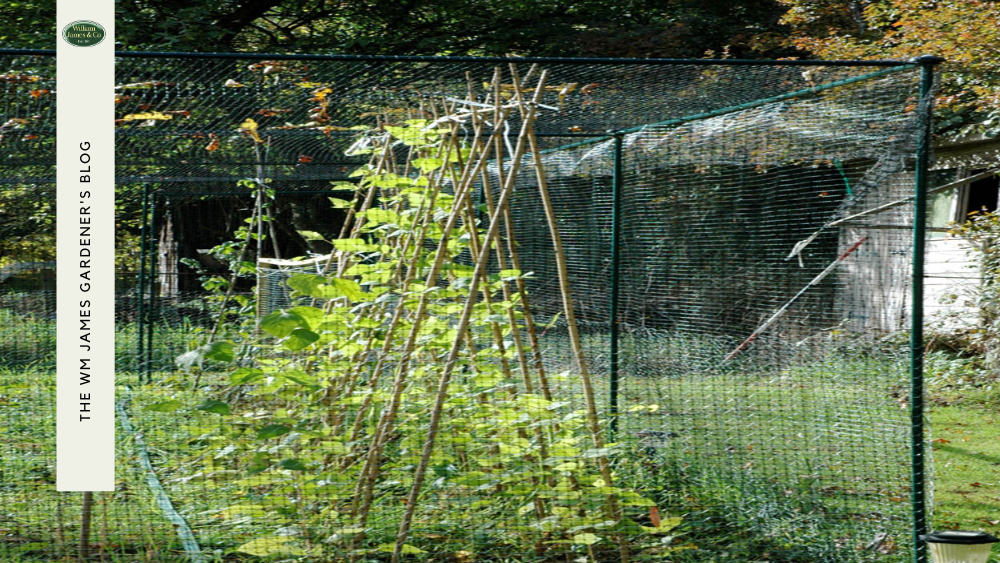We use cookies to make your experience better. To comply with the new e-Privacy directive, we need to ask for your consent to set the cookies. Learn more.
8 Vegetables To Plant In January With Growing Tips
- Admin
- WM James Gardening Blog
- 30 Mar 2022
-
2views
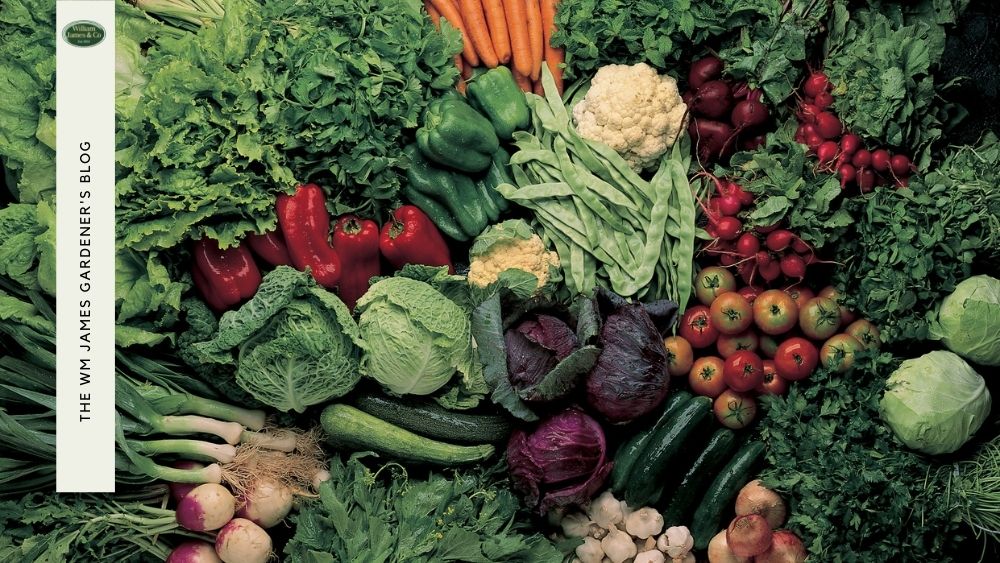
What better way to start the year than planting a load of fresh vegetables. Although the weather may be cold, you need to start putting in the work if you want to achieve a successful harvest.
This helpful guide from William James & Co will discuss eight of the best vegetables to grow in January and share some valuable advice.
8 Garden Vegetables To Grow In January
Some vegetables are not suitable for sowing during these colder months so it's important that you understand which vegetables have the best chance of survival. To help you, we have listed eight vegetables below that you can start sowing in January.
- Broad Beans
- Lettuces
- Spinach
- Salad Onions
- Aubergines
- Sweet Peas
- Cabbages
- Turnips
Planting these vegetables correctly will help you achieve a healthy harvest. Let’s delve into some more detail about how you can accomplish this alongside some tools that can help.

Broad Beans
Broad beans are an excellent source of protein and are easy to grow. They will take around 15 weeks to grow from sowing to harvest, and they don’t take up a lot of space.
Growing Tips:
- Sow your seeds in rows that are 60cm apart.
- Sow your seeds undercover while in cold weather. Our Mini Poly Tunnel protects your seedlings from a sudden frost.
- As your broad beans grow, they will become top-heavy. While they are young add a support structure.

Lettuces
Who said lettuce is boring? Certainly not us! There are many different types, and some are more suitable for planting in January than others. Bibb lettuce and New Red Fire are some of our personal favourites.
Growing Tips:
- Ensure the soil has good drainage so plants do not become waterlogged.
- In cold weather, cover your cabbage plants with a cloche. We recommend our Plastic Victorian Bell Cloche.
- Water regularly.
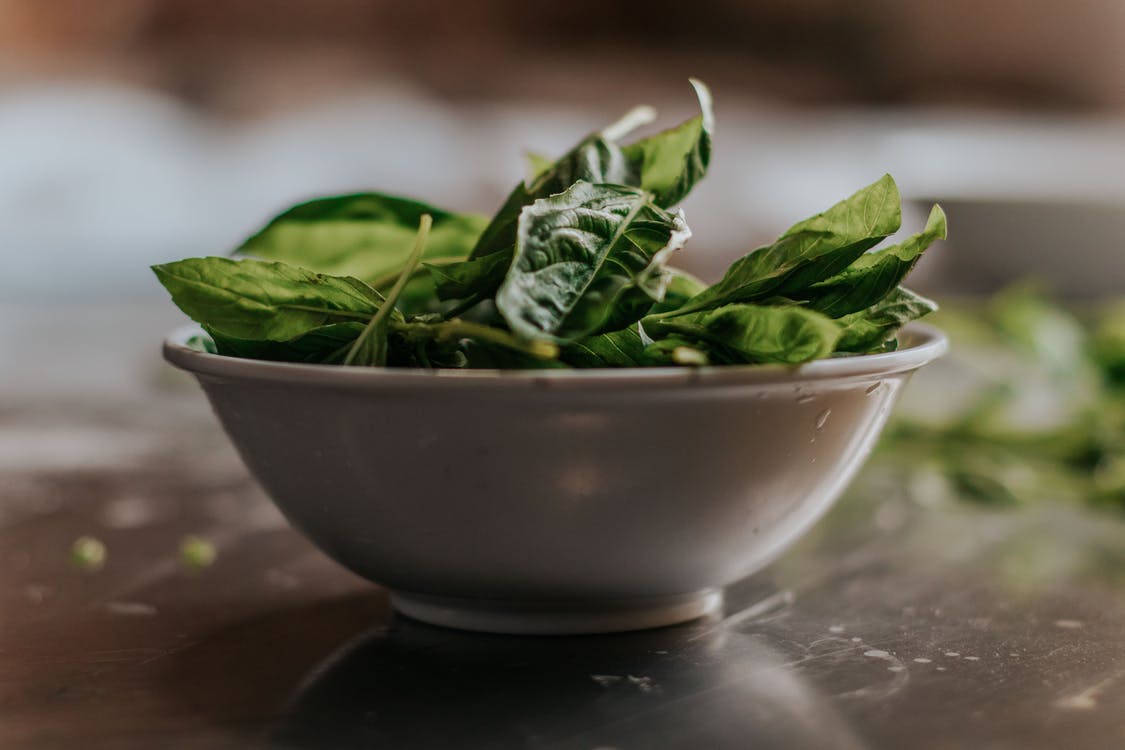
Spinach
If you love leafy green vegetables, spinach is a must-have in your vegetable plot. Spinach is not only packed full of nutrients, but it is also easy to grow. The great thing about spinach is you can enjoy harvests all year round.
Growing Tips:
- If you want a continuous crop, sow spinach seeds every few weeks.
- Enrich the soil with composted manure.
- De-weed spinach plants regularly. Failure to do so could lead to a number of diseases.
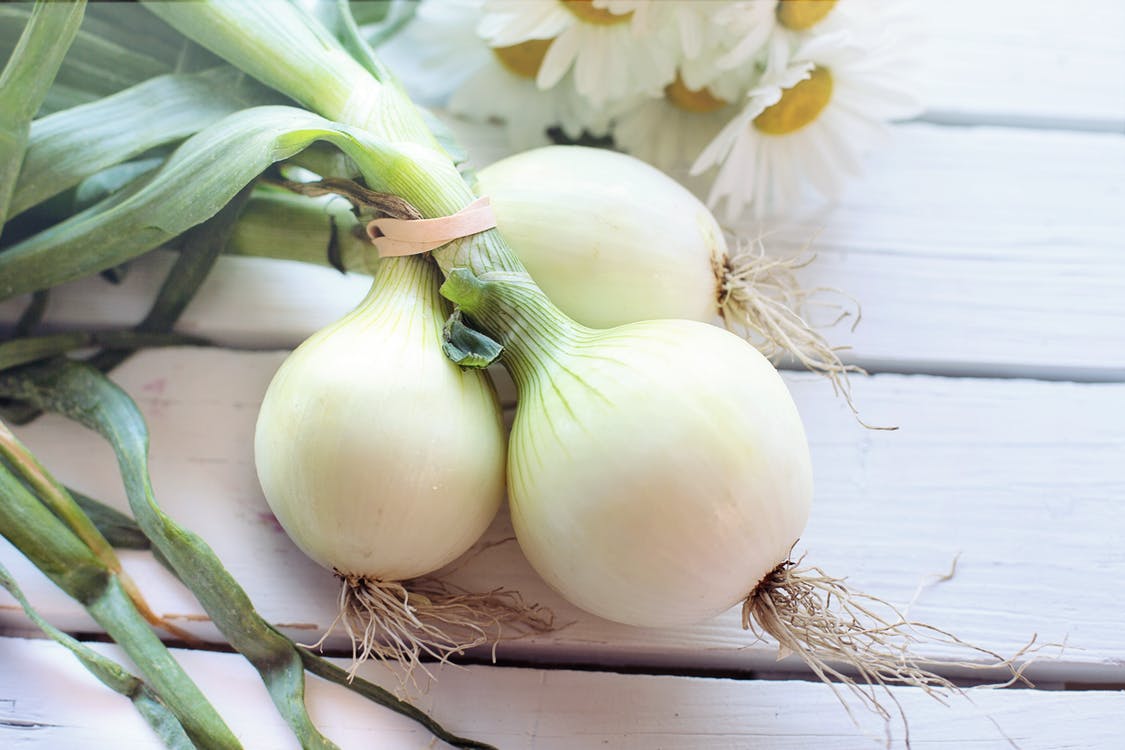
Salad Onions
Salad onions are a tasty addition to your vegetable plot, and they only require a small amount of space. Salad onions are ideal for planting during January, especially if your garden lacks space.
Growing Tips:
- Deter weeds away from your seedlings by spreading mulch on the soil.
- You can grow your salad onions in containers. Our Professional Seed Growing Tray and pots are ideal.
- Make sure the soil is well-drained to avoid damage to your seedlings.
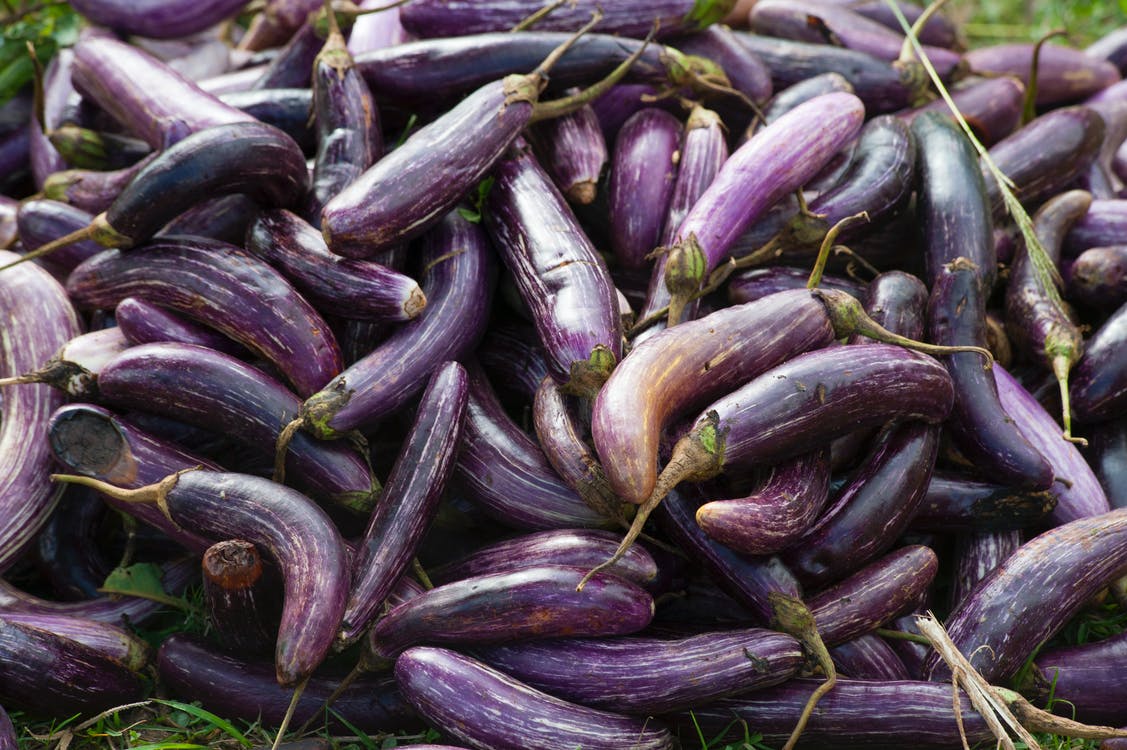
Aubergines
We believe aubergine is an underrated vegetable. It can be used in plenty of homecooked meals like stews, curries and pasta. This delicious vegetable is highly versatile but can be tricky to grow. Aubergines take up to six months to harvest.
Growing Tips:
- Start growing your aubergines in a heated greenhouse as they require warmth to start out.
- Sow your seeds in pots or modules.
- Once you plant your aubergines in the ground, keep the soil warm using polythene.
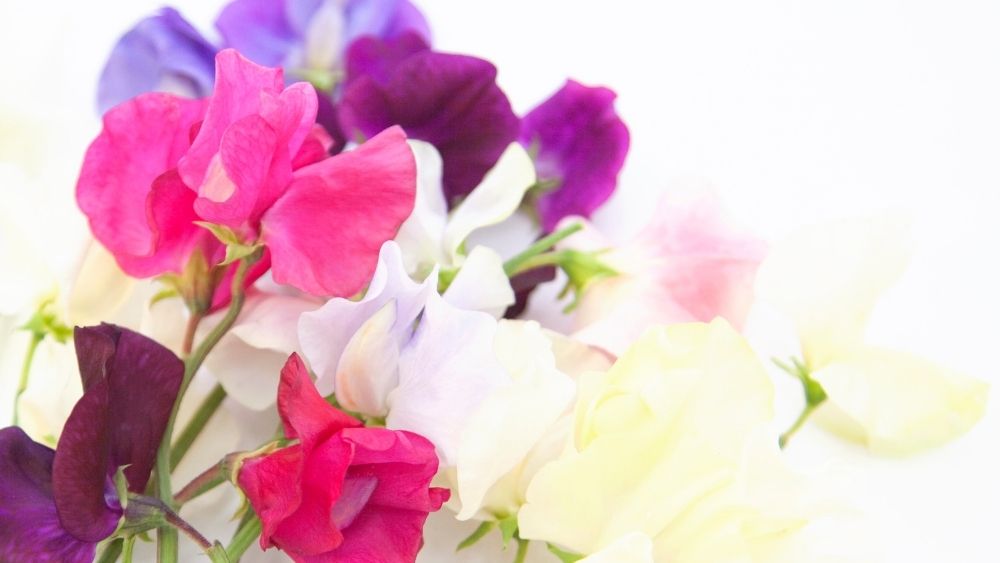
Sweet Peas
Sweet peas are a tasty vegetable that can offer many benefits to your garden. When planted, sweet peas attract pollinators that will help improve your crop yield. You can eat sweet peas raw or cooked – they are very versatile.
Growing Tips:
- Planting sweet pea seeds in January gives your seedlings time to grow without pests like slugs bothering them.
- Sow two seeds in each pot and use fertile soil. Ensure that the soil retains moisture while also giving the seedlings the drainage they need.
- Water your sweet peas lightly – only when the surface of the soil has started to dry out.

Cabbages
There are many different types of cabbages, and they can all be grown at different times of the year. If you want a harvest ready for the spring, it is time to start planting your cabbage seeds in mid-January.
Growing Tips:
- As January still has a cold climate, you will need to protect your cabbages with a cloche until the warmer weather creeps in.
- Thoroughly soak your cabbage plants every 10 days.
- Protect your cabbage plants from pests like slugs. Our plastic snail and slug traps come in handy and can be reused again and again.
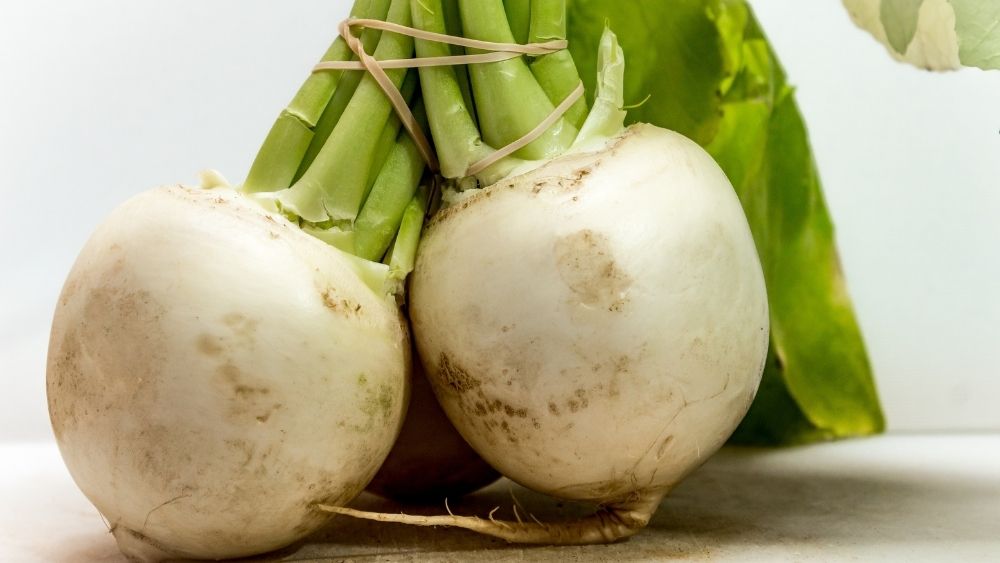
Turnips
Turnips are an easy vegetable to grow and maintain. They deliver quick results and can be planted during different times of the year.
Growing Tips:
- To avoid root damage, grow your turnips under an insect-proof mesh. We recommend our fleece gardening tunnel.
- Wait until the soil is well-drained before you sow your seeds.
- Sow seeds thinly and spread them apart in rows.
Conclusion
So, there we have it - an abundance of delicious vegetables that you can start sowing at the beginning of the year. Before choosing your seed selection, consider the space you have. Overcrowding your veg plot will hinder the progress of your harvest. Check out our website for more gardening tips at www.wmjames.co.uk.





